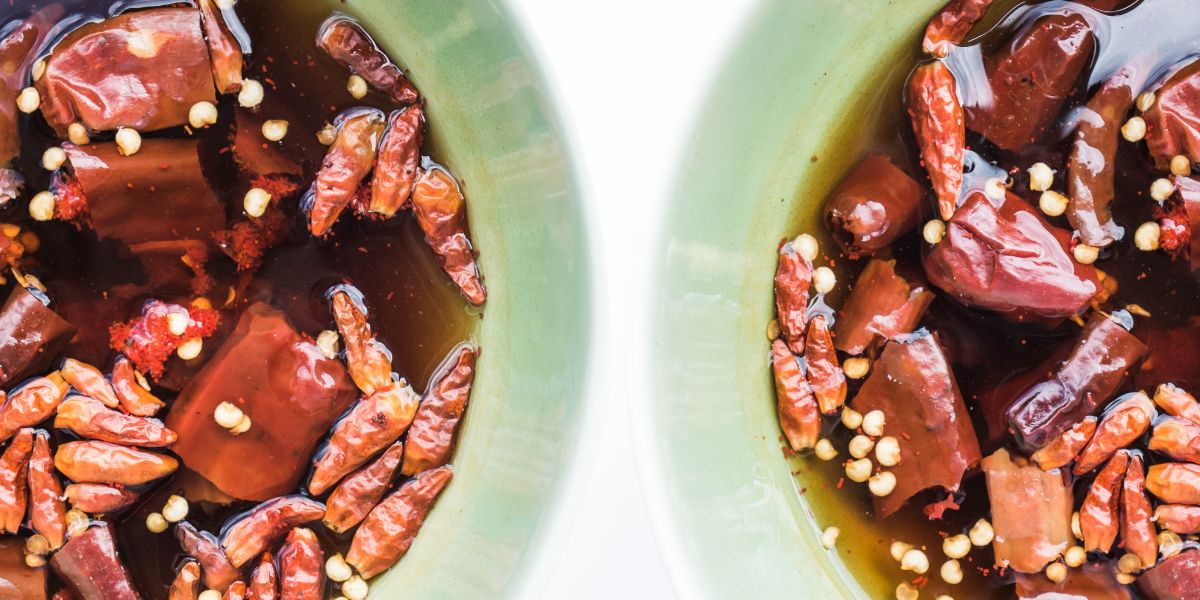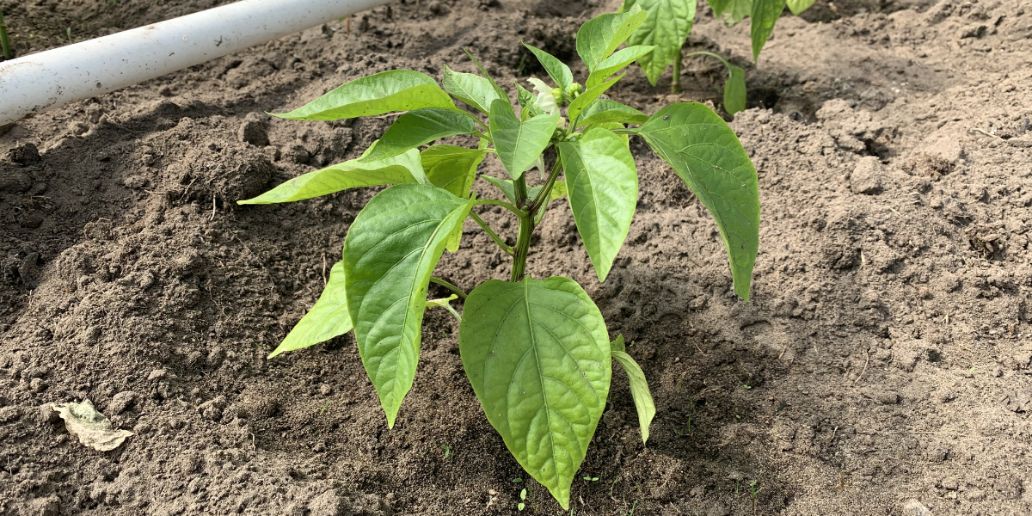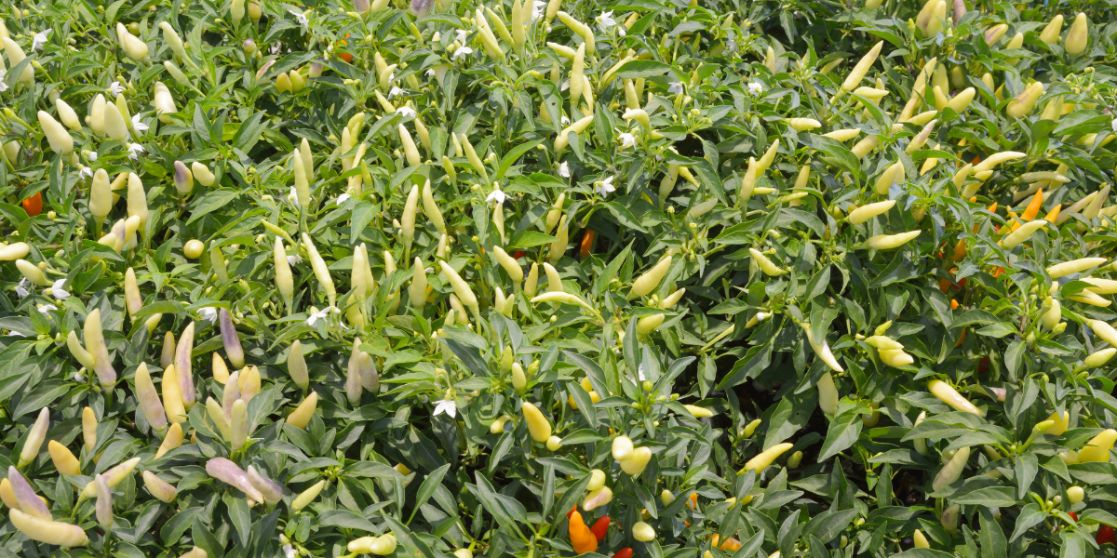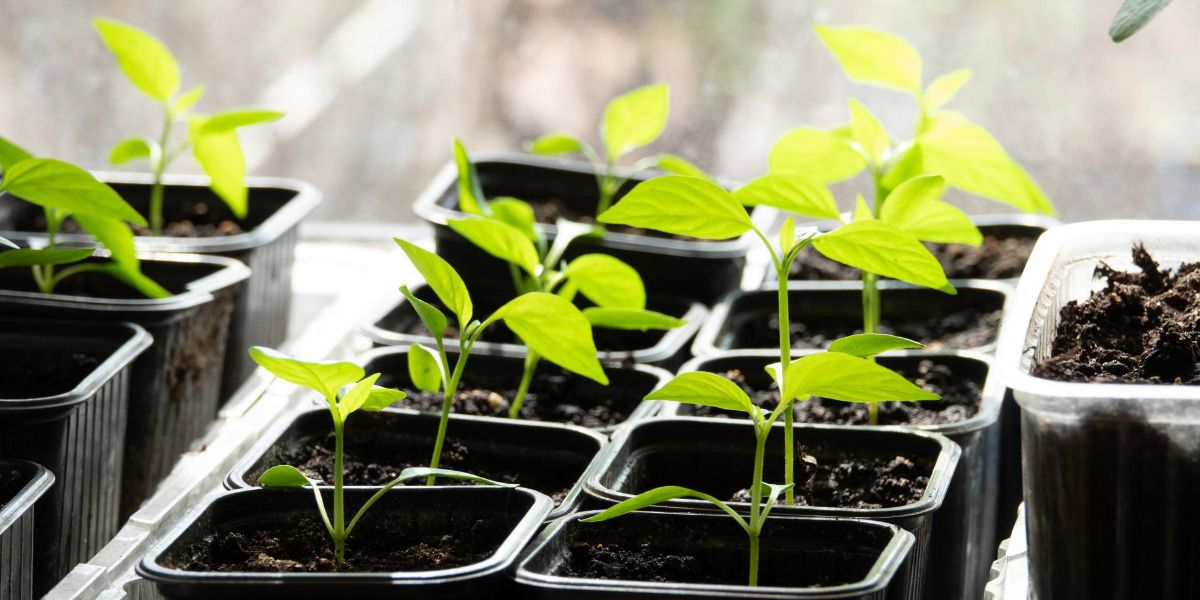Can You Save Seeds From Your Chili Pepper Plants?
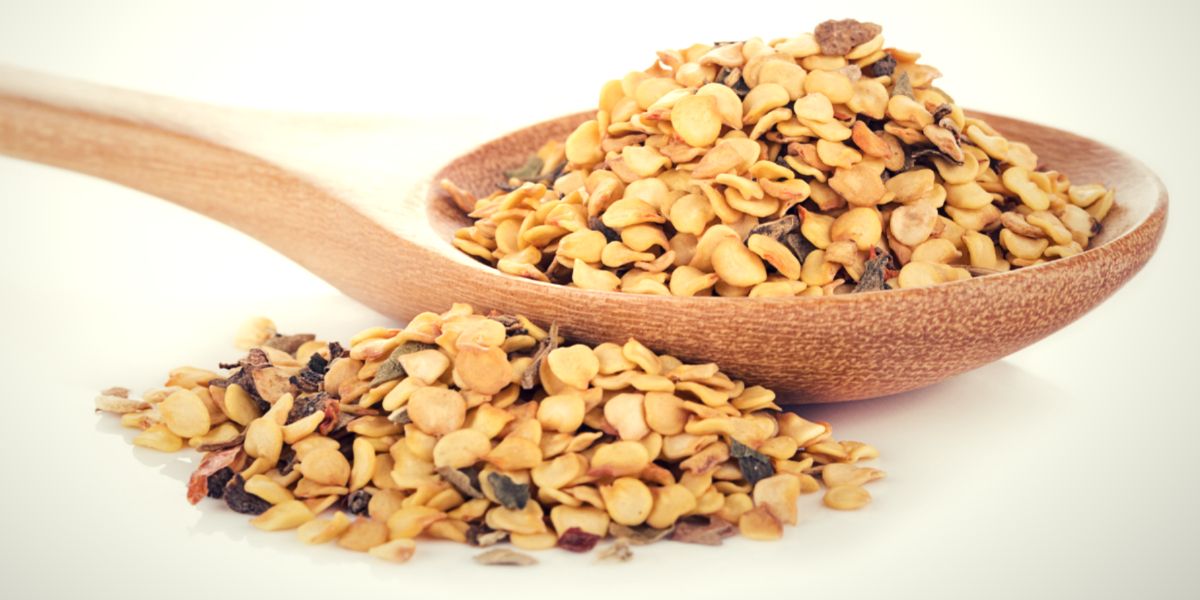
It is definitely possible to save seeds from chili plants that you have grown yourself. It is pretty easy, actually. Below, I will describe the simple process of how you can save the seeds from your chili pepper plants.
On the other hand, you may find it difficult to grow new chili pepper plants from the seeds of hot peppers that you purchased in a store. The reason for this is that these peppers will likely have been harvested at a point in time where they were not fully mature.
Are you a chili pepper lover who wants to learn how to grow chili pepper plants at home? Look no further! Click below to find out which must-have books will guide you through the process of growing your own chili peppers...
I started growing chili plants by collecting the seeds from peppers that I had bought in a supermarket. This worked fine, but the resulting plants looked absolutely awful. They did produce a large number of peppers, though. From this, I assume that these plants were bred to produce as many peppers as possible. The growers must have done this without regarding the shape of the plants.
Given that I was not satisfied with these ugly plants, I decided to buy seeds from several types of peppers from an online shop. I purchased seeds from several dozens of chili varieties and the majority of these seeds germinated. And, from the seeds that sprouted, a majority also ended up setting fruit. From several of these chili fruits, I collected the seeds. Since then, I have been saving seeds with great joy.
In the following article, I will discuss the whole process of how to save chili seeds. First, you will need to select the chili pods from which you can subsequently collect the seeds. Then, you can collect the seeds from these chili fruits. If you intend to store the seeds, you need to dry them and then keep them adequately to remain viable for at least a couple of years.
You can also use the following description of the seed-saving process for sweet peppers.
Table of Contents
Selecting chili pods to harvest seeds from
Here we assume that you have multiple plants with several chili fruits on them.
First of all, you should select the chili pods from a plant that has the characteristics that interest you the most. These characteristics can be the largest and most vigorous plant, or the one with the most chilies, or the one that was the earliest to flower, the one with the hottest or tastiest fruit, etc.
You should then select one or more fully ripened chili pods from the plant with the most desirable characteristics. You can recognize ripened pods by looking at their size, shape, and colors.
So, before picking them to harvest their seeds, check that the chili fruits have the expected size, color, and shape. You can even wait a couple of weeks until after you consider the pods edible. These mature peppers will likely have wrinkles on them. These wrinkles are a sign that they are starting to age. The seeds inside these hot peppers will be mature and are most likely maximally viable seeds.
In any case, don't harvest immature seeds from chili pods that are still green. Also, please don't use any pods that look like they have a disease or are infested. Only collect the seeds from healthy plants.
Harvesting the seeds from fresh peppers
To start, you should always wear gloves when handling chili seeds. Vinyl or latex gloves are great for this. When handling the really super hot chilies, you may even want to wear two gloves on each hand and something to cover your mouth and nose. Safety glasses to avoid droplets getting into your eyes may also be advisable.
Cut open the chilies with a sharp knife. The easiest way to cut the chilies is to cut off the top and then slice them open length-wise. You can also use the knife to scrape out the seeds and then drop them in a small bowl of water.
Depending on the pepper variety, removing seeds can be everything from really too easy to slightly challenging. Expect the smaller peppers to be more challenging to handle than the larger ones.
Consider inspecting the seeds when harvesting them. Remove any seeds that have a strange color or that look damaged. If the seeds seem soft and are bright glossy white, then they are not mature enough. Only collect the seeds that are hard and look yellowish white.
Drying the hot pepper seeds
If you intend to plant the seeds straight away, then you can do so. There is no need to dry them if you want to germinate them immediately after collecting them. Otherwise, proceeds as follows.
Find a flat and smooth surface on which you can spread your fresh harvested chili seeds. This surface can be some sort of tray, cup, chopping board, or any kind of ceramic or coated surface.
Make sure that the seeds are not in direct sunlight. The seeds should be in a dry location where there is minimal humidity. To achieve the latter, you need to make sure the room is well ventilated.
It is not recommended to dry chili seeds on a paper towel or paper plates. The reason for not doing this is that the seeds may stick to the paper once they have dried. It will be difficult to remove the seeds from this paper.
Some recommend turning the seeds now and then, such that the seeds dry equally on both sides.
When following the above guidelines, you can expect the seeds to be dry after 2-3 days. In some cases, it may take up to a week.
You will know that the seeds are ready when you can break them rather than bend them. To see if they are dry enough, you can try to snap a few of the seeds in two as a test.
Storing the seeds from pepper plants
If you store chili seeds correctly, they can maintain viability for 2-3 years or even longer. Over time, you can expect the germination rate to decrease, though. The reason for this decrease is that the genetic material will degrade as time passes.
The best place to store pepper seeds is in a dark and dry place. Preferably the storage temperature is also between 1°C and 10°C. A cool location with these kinds of temperatures can, for example, be found in a fridge.
If you only need to store the seeds for a short term, you can use paper envelopes.
For longer-term storage, you can put the seeds in small resealable Ziploc bags, which in their turn are to be placed in an airtight container. This container should also be opaque such that the seeds are not exposed to any light.
Some recommend also putting some silica gel or powdered milk in the container to keep it dry inside. The silica gel or powdered milk will absorb moisture that is present. The reason for keeping the container dry is to prevent the seeds from rotting.
Write the name of the chili variety and the harvest date on the Ziploc bags for future reference. Chili seeds tend to look very similar, so it is essential to note the name of the variety. The date of harvest is also important such that you can estimate the germination rate of the seeds.
References
- https://www.chilipeppermadness.com/cooking-with-chili-peppers/saving-chili-pepper-seeds-for-growing-later/
- https://growhotpeppers.com/saving-pepper-seeds-how-to-harvest-your-chillies/
- https://www.gardeningknowhow.com/edible/vegetables/pepper/harvesting-pepper-seeds.htm
- https://homeguides.sfgate.com/dry-pepper-seeds-plant-next-year-39813.html
- https://chilepeppers.com/p/growing/saving-pepper-seeds/
- https://www.thechileman.org/guide_seedsaving.php
